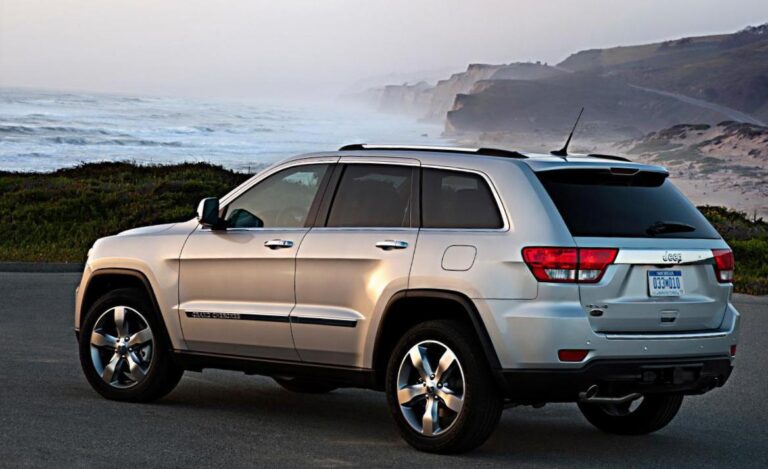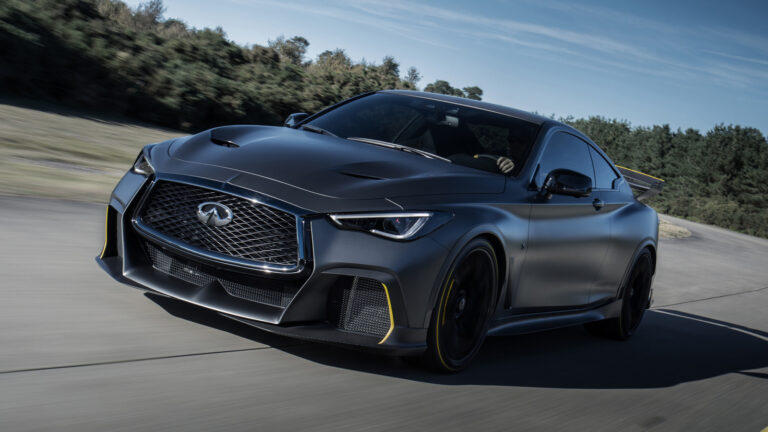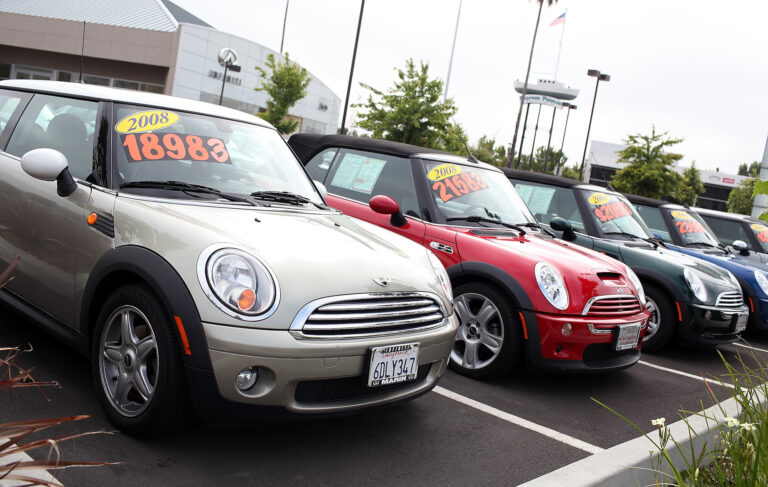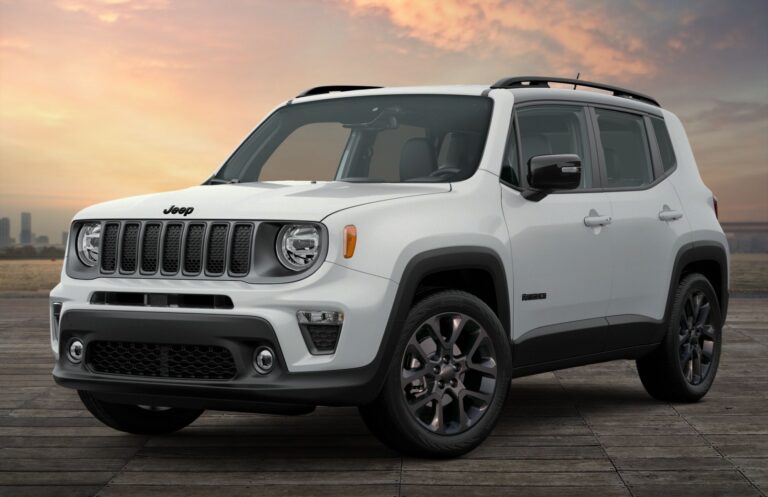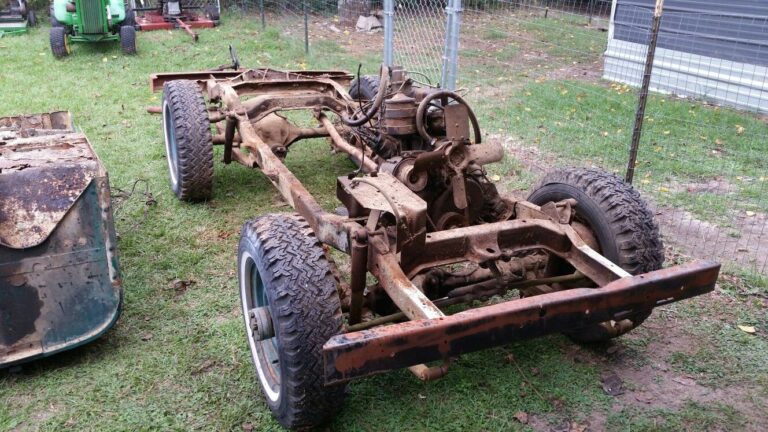How Much Does A Jeep Wrangler Service Cost: A Comprehensive Guide
How Much Does A Jeep Wrangler Service Cost: A Comprehensive Guide jeeps.truckstrend.com
The Jeep Wrangler isn’t just a vehicle; it’s a lifestyle, an icon of adventure, and a symbol of off-road capability. For many, owning a Wrangler is a dream come true, offering unparalleled freedom and the thrill of conquering any terrain. However, like any cherished possession, a Jeep Wrangler requires diligent care and regular maintenance to ensure its longevity, performance, and the continuation of those thrilling adventures. A common question among current and prospective owners is: "How much does a Jeep Wrangler service cost?" Understanding these costs is crucial for budgeting, maintaining your vehicle’s value, and ensuring it remains a reliable companion on and off the beaten path. This comprehensive guide will break down the various factors influencing service costs, provide estimated price ranges for common maintenance tasks, and offer practical advice to help you manage your Wrangler’s upkeep efficiently.
Understanding Jeep Wrangler Maintenance Schedules
How Much Does A Jeep Wrangler Service Cost: A Comprehensive Guide
The cornerstone of managing service costs effectively is adhering to the manufacturer-recommended maintenance schedule. Jeep, like all automakers, outlines specific service intervals designed to keep your Wrangler running optimally. These intervals are typically based on mileage or time, whichever comes first.
- Minor Services (Every 10,000 miles or annually): These usually involve basic checks and replacements, such as oil and filter changes, tire rotations, fluid level inspections, and a general multi-point inspection.
- Intermediate Services (Every 20,000 – 30,000 miles): These build upon minor services, often adding cabin air filter replacement, engine air filter replacement, brake inspections, and potentially spark plug checks or replacements depending on the engine type and model year.
- Major Services (Every 60,000 – 100,000 miles): These are more extensive and critical, involving services like transmission fluid changes, differential fluid changes, transfer case fluid changes, coolant flushes, comprehensive suspension checks, and potentially major component inspections or replacements.
It’s vital to remember that these are general guidelines. If you frequently engage in demanding activities like off-roading, heavy towing, or drive in extreme weather conditions (very dusty, hot, or cold environments), your Wrangler may require more frequent maintenance to compensate for increased wear and tear. Always consult your owner’s manual for the precise service schedule tailored to your specific model year and driving habits.
Factors Influencing Jeep Wrangler Service Costs

Several key variables dictate the final price tag of your Jeep Wrangler’s service. Understanding these can help you make informed decisions and potentially save money.
-
Type of Service (Minor vs. Major): As detailed above, a basic oil change will naturally cost significantly less than a comprehensive 60,000-mile service that includes multiple fluid flushes and component inspections. The more parts and fluids replaced, and the more labor hours required, the higher the cost.
-
Service Location (Dealership vs. Independent Mechanic vs. DIY):
- Dealerships: Often employ factory-trained technicians, use OEM (Original Equipment Manufacturer) parts, and have specialized tools. They are typically the most expensive option due to higher labor rates and parts markups, but offer peace of mind, especially for warranty-related work.
- Independent Mechanics: Can offer lower labor rates and may provide more personalized service. Many specialize in Jeeps or 4x4s and can be a great value. However, ensure they are reputable, experienced with Wranglers, and use quality parts.
- DIY (Do-It-Yourself): The cheapest option for labor costs, as you’re providing it yourself. This requires mechanical aptitude, the right tools, and a willingness to learn. It’s suitable for basic tasks like oil changes and filter replacements but can be risky for more complex procedures if you lack experience.

-
Parts (OEM vs. Aftermarket):
- OEM Parts: Manufactured by Jeep/Mopar, these are designed to fit perfectly and meet original specifications. They typically come with a warranty but are more expensive.
- Aftermarket Parts: Produced by third-party manufacturers, these can be significantly cheaper. Quality varies widely, from excellent to poor. Reputable independent shops often use high-quality aftermarket parts that meet or exceed OEM specifications, offering a good balance of cost and reliability.
-
Model Year and Generation: Newer Wranglers (like the JL generation) might have more complex electronic systems or specialized components that require specific diagnostic tools or procedures, potentially increasing labor costs. Older models (TJ, JK) might be simpler mechanically but could require more frequent repairs due to age and accumulated wear.
-
Driving Habits and Environment: Aggressive driving, frequent short trips, heavy towing, or consistent off-roading will accelerate wear on components like brakes, tires, suspension, and driveline fluids. This necessitates more frequent maintenance and can lead to higher overall service costs. Driving in dusty or dirty environments can also clog filters faster.
-
Warranty Status: If your Wrangler is still under warranty, particularly a powertrain or bumper-to-bumper warranty, it’s often advisable to use a dealership for major services or repairs. Using non-OEM parts or improper maintenance procedures at an independent shop could potentially jeopardize your warranty coverage, although this is less common for routine maintenance if documented correctly.

Common Service Tasks and Their Estimated Costs
To give you a clearer picture, here’s an overview of common Jeep Wrangler service tasks and their approximate cost ranges. Please note that these are estimates and can vary significantly based on the factors mentioned above.
| Service Task | Recommended Interval (Approx.) | Estimated Cost Range (Independent/DIY – Dealership) | Notes |
|---|---|---|---|
| Oil & Filter Change | 10,000 miles / Annually | $50 – $120 | Essential for engine longevity. Synthetic oil is recommended for modern Wranglers. |
| Tire Rotation | 10,000 miles | $20 – $50 (often included with oil change) | Promotes even tire wear and extends tire life. |
| Engine Air Filter Replacement | 10,000 – 20,000 miles | $30 – $80 | Crucial for engine performance and fuel efficiency. More frequent if off-roading. |
| Cabin Air Filter Replacement | 10,000 – 20,000 miles | $40 – $100 | Improves air quality inside the cabin. |
| Brake Pad Replacement (Front/Rear) | 30,000 – 60,000 miles (as needed) | $200 – $500 per axle | Includes pads; rotors might need resurfacing or replacement (adds $100-$300 per axle). |
| Brake Fluid Flush | 30,000 miles / 2-3 years | $100 – $200 | Maintains braking system performance and prevents corrosion. |
| Spark Plug Replacement | 30,000 – 100,000 miles | $150 – $400 | Varies significantly by engine type (4-cyl vs. V6) and accessibility. |
| Differential Fluid Change (Front/Rear) | 30,000 miles (more if off-road) | $150 – $300 per differential | Essential for gear longevity, especially with heavy use or large tires. |
| Transfer Case Fluid Change | 30,000 miles (more if off-road) | $100 – $200 | Maintains the integrity of the 4×4 system. |
| Transmission Fluid Service | 60,000 – 100,000 miles | $200 – $600 | Varies greatly for manual vs. automatic transmissions. Crucial for transmission health. |
| Coolant Flush | 50,000 – 100,000 miles | $150 – $300 | Prevents engine overheating and corrosion. |
| Wheel Alignment | Annually / After suspension work | $80 – $150 | Prevents uneven tire wear and ensures proper handling. Essential after lifting or suspension mods. |
| Battery Replacement | 3-5 years (as needed) | $150 – $300 | Standard maintenance item. |
| Suspension Component Replacement | Varies greatly (as needed) | $300 – $1500+ (per component/axle) | Bushings, ball joints, tie rods, shocks. "Death Wobble" fixes often fall here. |
| "Death Wobble" Diagnosis/Fix | As needed | $300 – $1500+ | Can involve multiple components (ball joints, tie rods, track bar, steering stabilizer). Diagnosis is key. |
Dealership vs. Independent Mechanic vs. DIY: A Cost-Benefit Analysis
Choosing where to service your Wrangler impacts both cost and quality.
- Dealerships:
- Pros: Factory-trained technicians, genuine OEM parts, specialized diagnostic tools, typically adhere strictly to manufacturer guidelines, convenient for warranty work, often provide loaner vehicles.
- Cons: Highest labor rates, parts markups, can sometimes be less flexible or personal than independent shops.
- Independent Mechanics:
- Pros: Often lower labor rates, can be more flexible, personalized service, many specialize in Jeeps/4x4s, may use high-quality aftermarket parts to save you money.
- Cons: Quality varies (do your research!), may not have all specialized tools for newer models, using non-OEM parts for certain repairs could theoretically impact warranty (though rare for routine maintenance).
- DIY (Do-It-Yourself):
- Pros: Lowest cost (only parts), educational, satisfying, complete control over the process.
- Cons: Requires tools, mechanical knowledge, time, risk of error if inexperienced, may void warranty if done incorrectly, disposal of fluids can be a hassle.
For routine maintenance like oil changes, tire rotations, and filter replacements, an experienced DIYer or a trusted independent mechanic can save you significant money without sacrificing quality. For complex diagnostics, major repairs, or warranty work, a dealership might be the safer bet.
Tips for Reducing Jeep Wrangler Service Costs
While you can’t eliminate service costs, you can certainly manage and reduce them with smart strategies:
- Stick to the Maintenance Schedule: This is paramount. Proactive maintenance prevents small issues from escalating into expensive major repairs. An oil change is far cheaper than an engine replacement.
- Address Small Issues Promptly: Don’t ignore warning lights, strange noises, or unusual vibrations. Tackling a problem early can save you hundreds, if not thousands, of dollars down the line.
- Shop Around for Quotes: Don’t just go to the first place. Get quotes from at least two independent mechanics and your local dealership for major services. Compare not just the price but what’s included.
- Consider Maintenance Plans or Extended Warranties: Some dealerships offer pre-paid maintenance plans that can lock in lower service costs over several years. Extended warranties can cover unexpected major repairs after the factory warranty expires. Read the fine print carefully.
- Learn Basic DIY Tasks: Changing your own oil, air filters, or rotating tires can save you hundreds annually. Invest in a good set of tools and a reliable service manual.
- Keep Good Service Records: A well-documented service history is invaluable. It helps mechanics diagnose issues, ensures proper maintenance intervals are met, and significantly boosts your Wrangler’s resale value.
- Drive Responsibly: Aggressive driving, hard braking, and constant high speeds increase wear and tear on your vehicle. Driving smoothly and moderately will extend the life of components like brakes and tires.
- Regular Inspections: Even if you’re not due for a service, periodically check your fluid levels, tire pressure, and look for any visible leaks or damage. A quick glance can catch problems early.
Frequently Asked Questions (FAQ)
Q1: Is a Jeep Wrangler expensive to maintain?
A1: Compared to some standard sedans or crossovers, a Jeep Wrangler can be slightly more expensive to maintain due to its specialized components (4×4 system, off-road suspension), larger tires, and the potential for increased wear if regularly off-roaded. However, with proper maintenance and proactive care, costs are manageable and comparable to other SUVs.
Q2: How often does a Jeep Wrangler need service?
A2: Generally, a Jeep Wrangler requires minor service every 10,000 miles or once a year, whichever comes first. More extensive services are needed at 20,000, 30,000, 60,000, and 100,000-mile intervals. Consult your owner’s manual for precise recommendations for your specific model.
Q3: Should I take my Wrangler to the dealership or an independent mechanic?
A3: For warranty work, complex diagnostics, or major repairs, a dealership is often the safest choice. For routine maintenance and many common repairs, a reputable independent mechanic specializing in Jeeps or 4x4s can often provide high-quality service at a lower cost. DIY is an option for very basic tasks if you have the skills.
Q4: What is the "Death Wobble" and how much does it cost to fix?
A4: "Death Wobble" is an uncontrolled, violent shaking of the front end of a solid front axle vehicle, common in some Wranglers, especially after modifications or if components wear out. It’s usually caused by worn steering or suspension components like ball joints, tie rods, or the track bar. The cost to fix can range from $300 to $1500+, depending on which components need replacement and labor rates. Proper diagnosis is crucial.
Q5: Does off-roading increase maintenance costs?
A5: Yes, frequent or aggressive off-roading significantly increases wear and tear on components like the suspension, differentials, transfer case, tires, and brakes. This will likely necessitate more frequent fluid changes, inspections, and potentially earlier replacement of parts, leading to higher overall maintenance costs.
Q6: Can I do my own oil changes on a Wrangler?
A6: Yes, changing the oil and filter on most Jeep Wranglers is a relatively straightforward DIY task, requiring basic tools, the correct oil and filter, and a way to safely dispose of used oil. Many online tutorials and forums can guide you through the process.
Concluding Summary
Understanding "How Much Does A Jeep Wrangler Service Cost" is more than just knowing a price; it’s about appreciating the investment required to keep your iconic vehicle performing at its best. While costs can vary based on factors like service type, location, and your driving habits, proactive and regular maintenance is the ultimate cost-saving strategy. By adhering to recommended schedules, addressing issues promptly, and making informed choices about where and how your Wrangler is serviced, you can ensure it remains a reliable, capable, and enjoyable companion for countless adventures to come. Owning a Jeep Wrangler is a unique experience, and proper care ensures that experience is always one of freedom and reliability.



